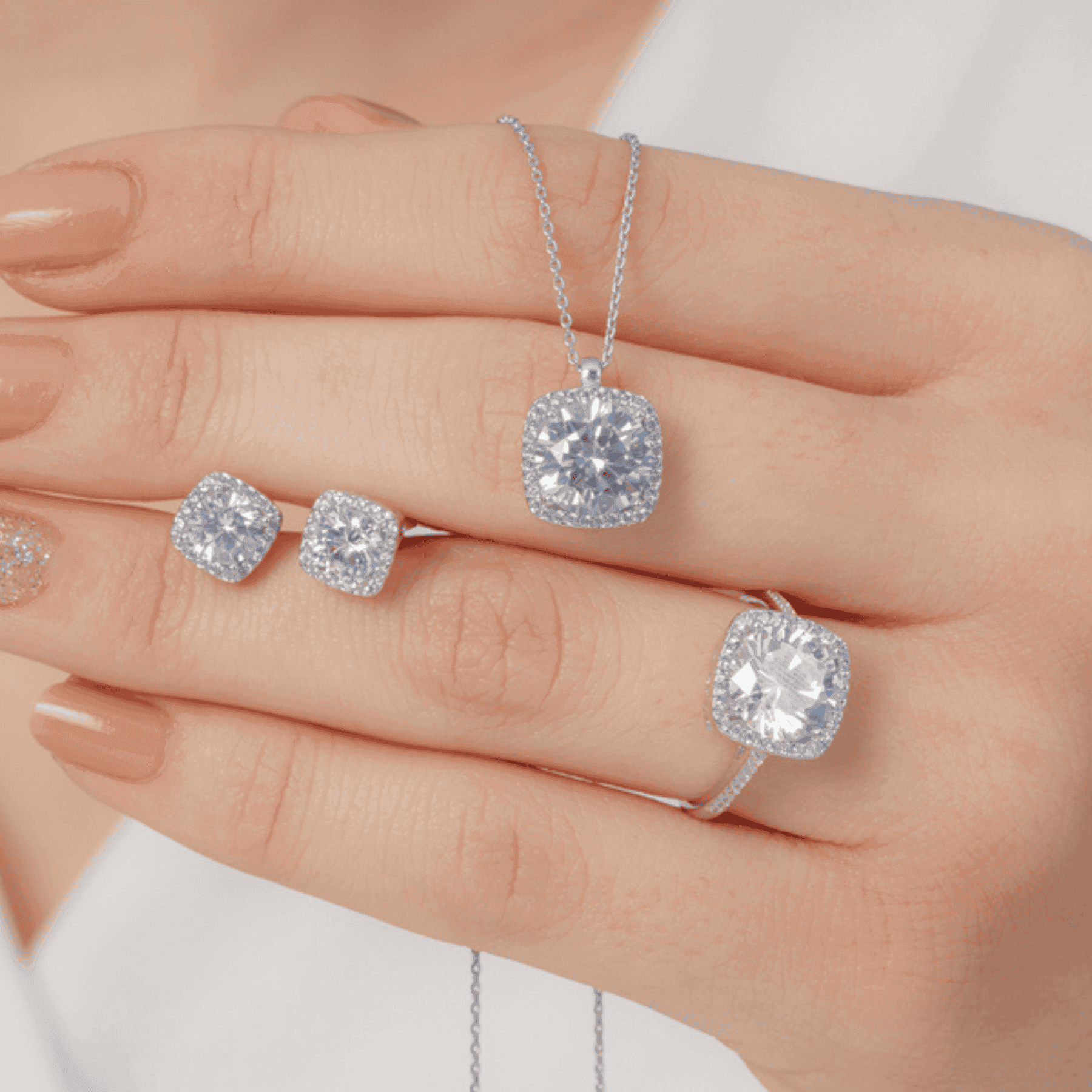
Watches & Jewellery
•03 min read

Gold and platinum have long been admired not only as precious metals but also as icons of style and self-expression. In this blog post, we explore the unique qualities of both metals, diving deep into their properties, aesthetic appeal, durability, and investment potential. Whether you are drawn to luxury watches or fine jewelry, understanding these differences will empower you to choose the perfect metal for your next signature piece.
Precious metals are prized for their rarity, beauty, and cultural significance. Gold, with its warm yellow hue and unmatched malleability, has been a symbol of wealth and status for centuries. This metal is a popular choice in gold jewelry, custom jewelry designs, and high-end timepieces. On the other hand, platinum is celebrated for its cool, silvery tone and robustness. Known for its durability and resistance to tarnish, platinum rings and metallic accessories offer a subtle sophistication that resonates with today’s fashion-savvy audience. The key differences between these metals include:
Gold is more abundant, whereas platinum is rarer and often comes with a higher price tag.
Platinum is heavier and denser, enhancing its durability and making it ideal for designs that need long-lasting strength.
Beauty and versatility are essential when creating looks that reflect your identity. Gold jewelry, whether in the form of diamond-encrusted watches or elegant silver bracelets accented with gold, exudes warmth and luxury. It comes in various hues, including rose gold and white gold, which provide designers the flexibility to craft pieces that complement any style. Platinum, with its cool and modern tone, stands out in fine jewelry collections and custom jewelry designs. Its hypoallergenic nature and resistance to wear make it a favorite for those opting for enduring everyday elegance. Both metals have their own unique charm, enhancing any outfit while reflecting personal style.
When investing in luxury watches or fine jewelry, the quality and longevity of the precious metal is key. Gold, celebrated for its malleability, allows intricate engraving and sophisticated designs in high-end timepieces. However, its softer nature means that over time, pieces like gold jewelry may accumulate minor scratches or require occasional polishing. Conversely, platinum boasts remarkable durability. Its inherent strength makes it especially suitable for pieces that must stand up to daily wear, such as platinum rings that are often chosen for engagement and wedding bands. This durability ensures that both metallic accessories and custom jewelry designs maintain their allure over time.

Expert Tip: Platinum retains its weight and volume even after years of wear, while gold may gradually lose small amounts of material due to routine maintenance.
The economic landscape plays an important role in the choice between these two precious metals. Gold is known for its stable market value and wide recognition, making it a preferred option for investors and enthusiasts alike. Its use in luxury watches, custom jewelry designs and gold jewelry pieces underscores its timeless appeal. Platinum, though rarer and often more expensive, offers a unique charm with its price volatility linked to industrial demand. This dynamic quality means that platinum not only shines in aesthetic appeal but also holds potential as an investment. Choosing between these metals often comes down to balancing desire with long-term value.
Jewelry craftsmanship is where the true magic happens, blending art with durability. Gold creates the perfect canvas for intricate details, making it a staple in diamond-encrusted watches and other high-end timepieces. Its pliability allows for exquisite designs that tell a story, turning fashion into a statement of identity. Platinum, with its strength and resilience, is the go-to metal for custom jewelry designs that require flawless settings and long-lasting support for larger stones. Both metals serve as the backbone for fine jewelry, ensuring each piece remains a cherished heirloom while celebrating a unique sense of style and responsibly sourced elegance.
Gold, silver, platinum, and palladium are considered the primary precious metals due to their rarity and value.

The top precious metals typically include gold, silver, platinum, palladium, and rhodium, celebrated for their unique properties and diverse uses.
Some of the most expensive metals include rhodium, platinum, gold, palladium, osmium, iridium, ruthenium, silver, rhenium, and tantalum.
Platinum's higher density, rarity, and its significant industrial applications contribute to its elevated price compared to gold.
Gold's versatility in color and ease of design, coupled with its deep cultural significance, makes it a more popular choice in a wide range of jewelry styles.
In summary, both gold and platinum have their own distinct strengths. Gold shines with luxurious versatility that is perfect for diamond-encrusted watches and custom jewelry designs, while platinum offers unmatched durability ideal for enduring pieces like platinum rings. Whether your passion lies in fine jewelry or high-end timepieces, understanding these metals helps you make a style statement that is both thoughtful and enduring. Embrace the beauty of these precious metals as a reflection of your unique personality and taste.